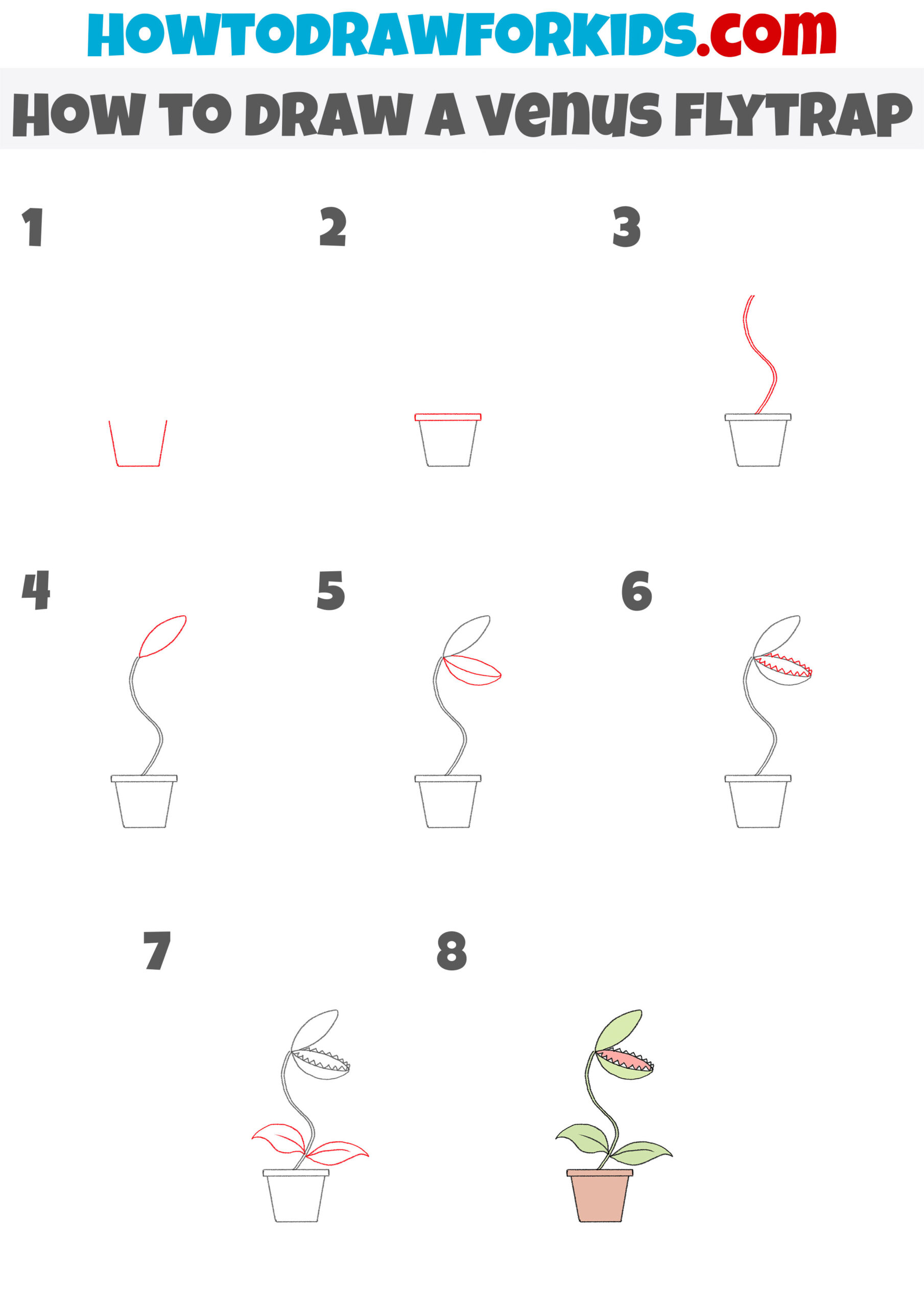Mastering The Art Of Drawing A Fly: A Step-by-Step Guide
Have you ever wondered how to draw a fly with precision and realism? Drawing a fly can be both a fun and challenging exercise, especially for beginners looking to improve their artistic skills. Flies, with their intricate details and unique anatomy, offer a perfect opportunity to practice observation and fine motor skills. Whether you're an aspiring artist or simply looking for a creative outlet, this guide will walk you through everything you need to know to create a lifelike drawing of a fly.
Understanding the anatomy of a fly is the first step toward creating a realistic drawing. Flies have a complex structure, including segmented bodies, compound eyes, and delicate wings. These features require careful attention to detail and a steady hand. By breaking down the process into manageable steps, you'll learn how to draw a fly that captures its essence and brings it to life on paper.
In this article, we’ll explore the tools, techniques, and tips you need to master the art of drawing a fly. From choosing the right materials to adding the finishing touches, this guide is designed to help you gain confidence in your drawing abilities. By the end, you'll not only know how to draw a fly but also have a deeper appreciation for the art of observational drawing.
Read also:Robert Jamescolliers Wife Meet Name
- What Tools Do You Need to Draw a Fly?
- How to Start Drawing a Fly: Step-by-Step
- Why Is Observing a Fly Important?
- How to Add Details to Your Fly Drawing
- Can You Use Digital Tools to Draw a Fly?
- Tips for Perfecting Your Fly Drawing
- Common Mistakes to Avoid When Drawing a Fly
- How to Shade and Highlight Your Fly Drawing
- What Can You Learn from Drawing a Fly?
- Final Thoughts on How to Draw a Fly
What Tools Do You Need to Draw a Fly?
Before you begin drawing, it's essential to gather the right tools. The materials you choose can significantly impact the quality of your artwork. Here’s a list of items you’ll need:
- Pencils (ranging from 2H to 6B for shading and detailing)
- Eraser (kneaded eraser for precision)
- Paper (smooth, heavyweight paper for detailed work)
- Blending tools (tortillons or blending stumps)
- Reference image of a fly
How to Start Drawing a Fly: Step-by-Step
Starting your drawing with a clear plan will make the process smoother and more enjoyable. Follow these steps to create a basic outline:
- Begin with a light sketch of the fly’s body shape.
- Add guidelines for the wings and legs.
- Refine the outline by erasing unnecessary lines.
Why Is Observing a Fly Important?
Observation is key to capturing the essence of any subject. When learning how to draw a fly, take time to study its anatomy. Notice the texture of its body, the transparency of its wings, and the way light interacts with its surface. This attention to detail will elevate your drawing.
How to Add Details to Your Fly Drawing
Once you have the basic outline, it’s time to add intricate details. Focus on the following elements:
- Compound eyes: Use small, circular strokes to create a textured effect.
- Wings: Add veins and subtle shading to mimic transparency.
- Legs: Pay attention to the joints and angles for a realistic look.
Can You Use Digital Tools to Draw a Fly?
While traditional tools are great, digital drawing offers unique advantages. Programs like Adobe Photoshop or Procreate allow you to experiment with layers, colors, and textures. If you’re new to digital art, consider using a graphics tablet for better control.
Tips for Perfecting Your Fly Drawing
Here are some tips to help you refine your artwork:
Read also:Eva Mckend Husband Everything You Need To Know About Her Personal Life
- Work slowly and patiently to avoid mistakes.
- Use a reference image for accuracy.
- Practice shading techniques to add depth.
Common Mistakes to Avoid When Drawing a Fly
Even experienced artists can make errors when drawing a fly. Here are some common pitfalls:
- Overworking the details, which can make the drawing look cluttered.
- Neglecting proper proportions, leading to an unrealistic appearance.
- Skipping the observation phase, resulting in inaccuracies.
How to Shade and Highlight Your Fly Drawing
Shading and highlighting are crucial for creating a three-dimensional effect. Use the following techniques:
- Cross-hatching for texture and depth.
- Stippling to create subtle gradients.
- Blending for smooth transitions between light and shadow.
What Can You Learn from Drawing a Fly?
Drawing a fly is more than just an artistic exercise. It teaches you valuable skills such as:
- Precision and attention to detail.
- Perspective and proportion.
- Patience and perseverance.
Final Thoughts on How to Draw a Fly
Learning how to draw a fly is a rewarding experience that enhances your artistic abilities. By following the steps outlined in this guide, you can create a stunning and realistic drawing. Remember, practice is key to improvement, so don’t be afraid to experiment and try new techniques. With dedication and effort, you’ll soon master the art of drawing a fly and unlock your creative potential.
Discover The Magic Of Envy Inside Out Costume: A Complete Guide
Discover The Magic: Inside Out 2 Full Movie On Bilibili
Nose Rocket For Lungs: A Revolutionary Approach To Respiratory Health

How to Draw a Fly Really Easy Drawing Tutorial

How To Draw A Venus Fly Trap